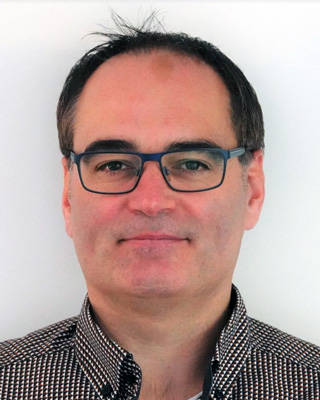Home > On-Demand Archives > Talks >
The Quest for the Perfect Asynchronous Sample Rate Converter
Wessel Lubberhuizen - Watch Now - EOC 2022 - Duration: 37:13

The Quest for the Perfect Asynchronous Sample Rate Converter
Wessel Lubberhuizen
In audio applications you often need to convert audio streams from one sampling domain to another. When the clocks of these domains are unrelated and possible drifting, you’ll need an asynchronous sample rate converter. In this talk we'll discuss ways to implement these with a minimal number of multiplications per sample, using multistage, multirate IIR filters based on all-pass filters and halfband filters, and polynomial interpolation using normal, transposed and partially transposed Farrow structures.
gretzteam
Score: 0 | 3 years ago | 1 reply
wesselSpeaker
Score: 0 | 3 years ago | no reply
Thanks!
- Yes, that is correct. However, it is possible to increase the stopband attenuation to ~200 dB by running the last output lowpass filter without decimation, e.g. 192 kHz input and 192 kHz output.
- In this case you can skip part of the decimation chain. You still need some decimation, otherwise you will get droop from the transposed farrow response, because it has zeros are at multiples of the output sample rate. But you can skip last output lowpass filter if you are happy with 100 dB image suppression.
napierm
Score: 0 | 3 years ago | no reply
This post has been deleted by the author
wesselSpeaker
Score: 0 | 3 years ago | no reply
I have used scripts from this website to compute coefficients for the polyphase IIR up/downsampling filters:
http://vadkudr.org/Algorithms/EMQFdemo/EMQFdemo.html
The scripts can be downloaded from this link:
http://vadkudr.org/Algorithms/EMQFdemo/EMQF.zip
























Fantastic presentation thanks lot.
Two questions...